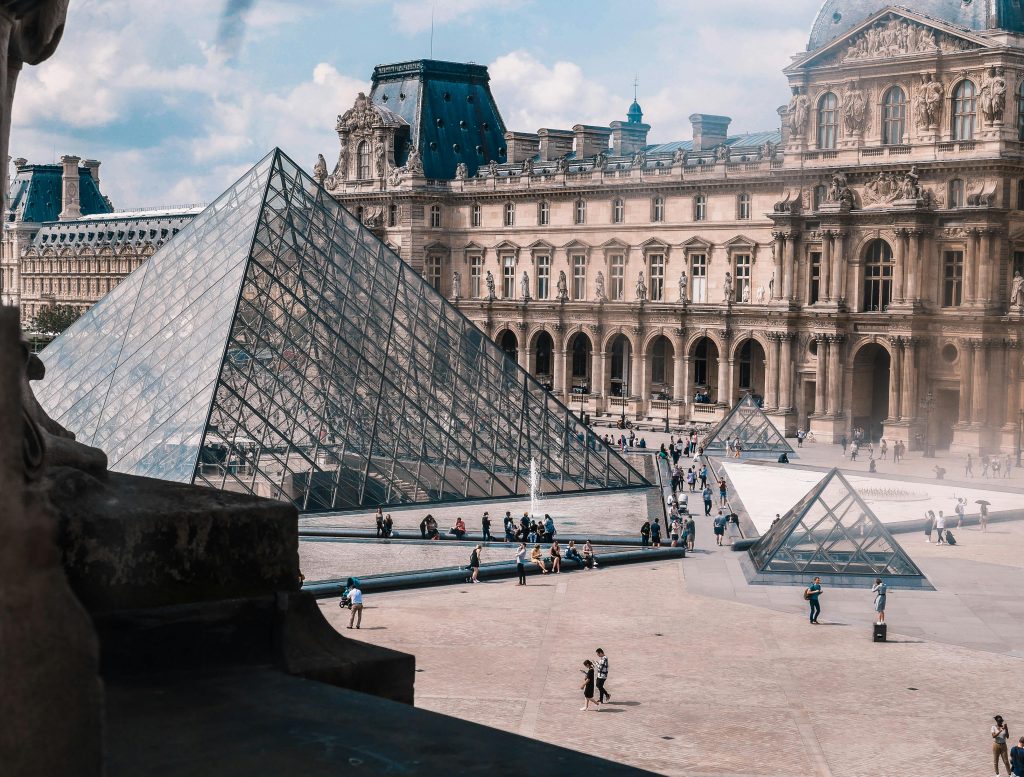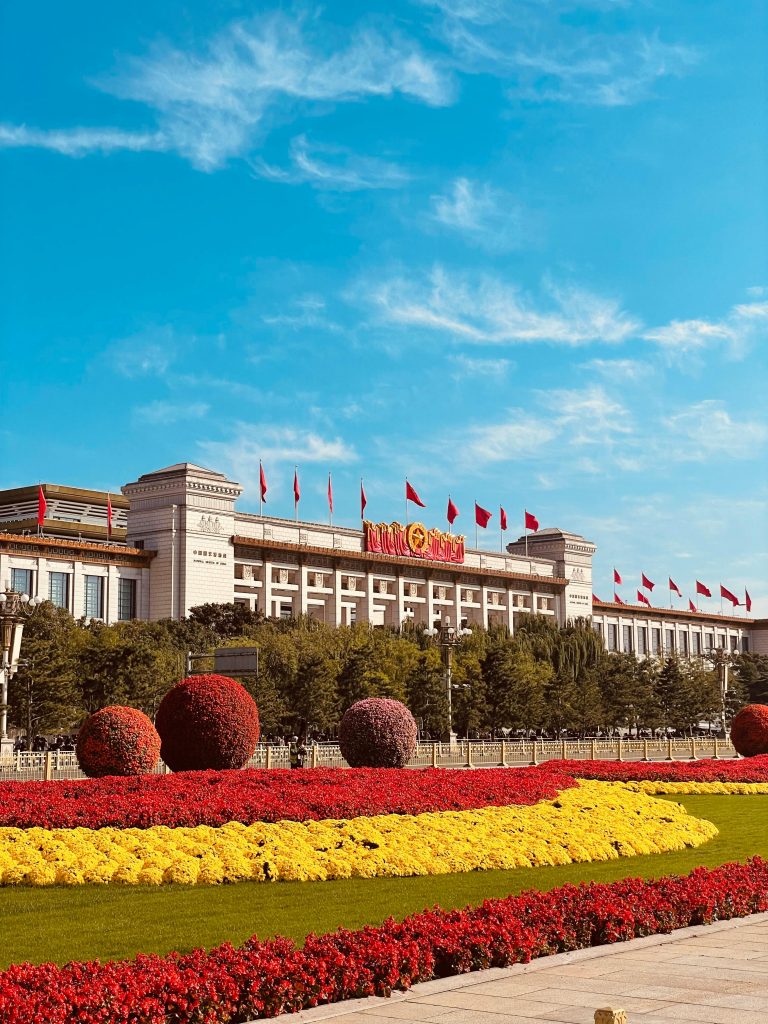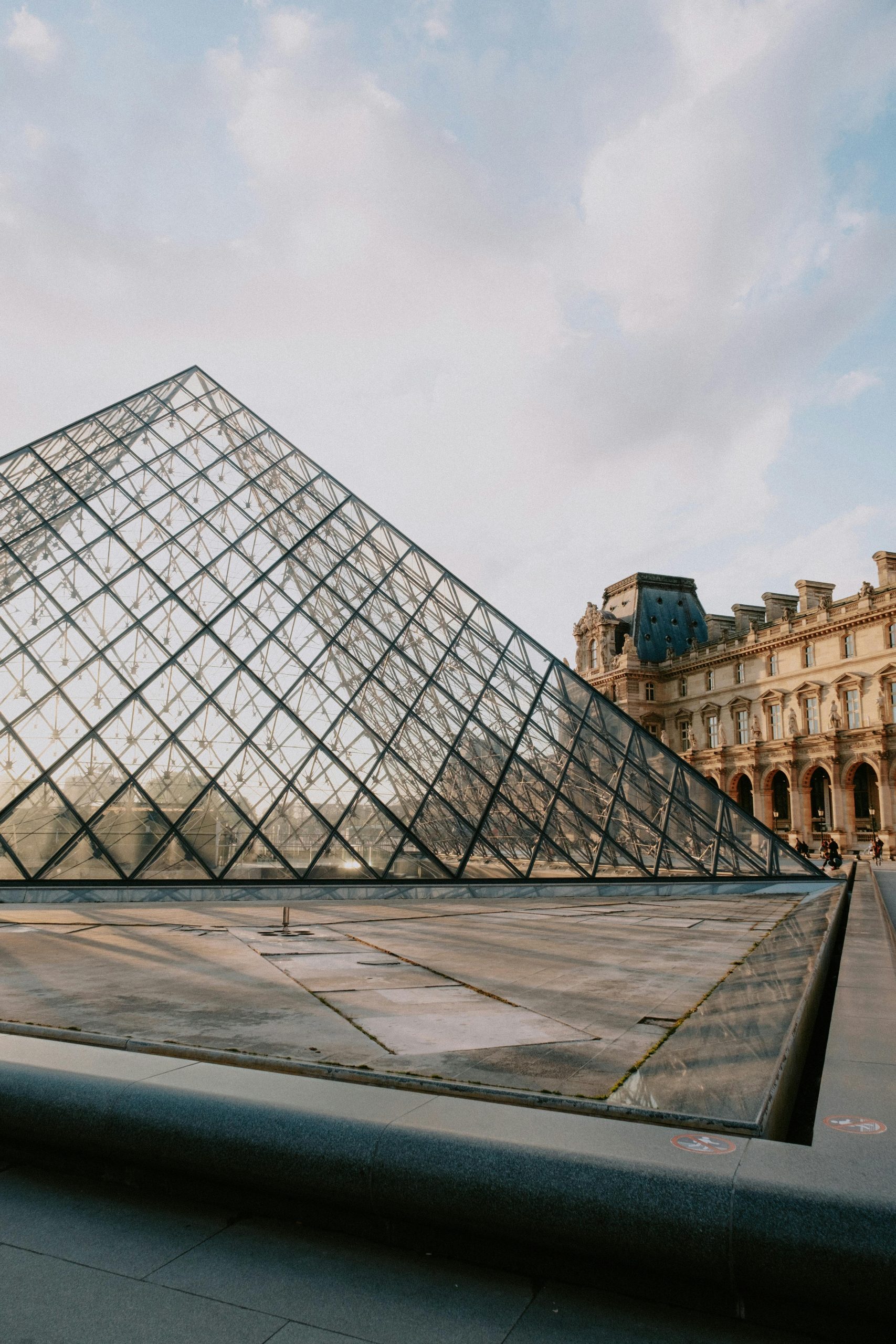For decades, across the globe, world-class museums beckon to enthusiasts of art, culture, and history, presenting a diverse spectrum of aesthetic experiences. Be it the esteemed grandeur of London’s V&A, New York’s Metropolitan Museum of Art, or cutting-edge new builds and specialized collections.
The aesthetic attraction of these elaborate yet delicate institutions, among the world’s most visited, spans the spectrum of art, history, and science, dazzling millions each year. So, set back and relax as we embark on an exploration into 5 of the most iconic museums across the globe, examining their significance through time, and the pivotal role they play in preserving and narrating the rich fabric of human history.
Inside The World’s Most Visited Museums
The Louvre – Paris, France

The Iconic Louvre, situated in the heart of Paris, France, stands as global predominant destination, with an immense annual flock of art enthusiasts, artists, collectors and tourists alike. Earlier on 2023, the Louvre disclosed plans to cut down on daily attendance to 30,000 for the sake of a better visitor experience, after welcoming an approximation of 7.8 million guests in 2022.
Collections: Proudly hosting a colossal collection that includes over 380,000 objects spread across 60,600 square meters, Hence, the Louvre presents an extensive and wholistic experience of accumulated human creativity. Nevertheless, its galleries densely packed with renowned sculptures, paintings, and drawings, with iconic highlights being the Mona Lisa and Venus de Milo.
Historical Legacy: Originating as a 12th-century fortress, the Louvre’s transition to a public museum in 1793 marks its deep historical roots. The monumental fortress has been through significant historical events such as its WW2 occupation and controversial yet now-iconic addition of the louvre Pyramid in the 1989 by the well esteemed Chinees-American architect I.M. Pei underscores its significant history in history and art.
Vatican Museums – Vatican City, Rome

Located within the sovereign enclaves of Vatican city, The Vatican Museums stand as a cornerstone of cultural and religious history, attracting visitors from across the word. Nevertheless, celebrated for more than the sole religious motive, these museums present a comprehensive collection of art and artifacts around 70,000 works among which we can find Roman sculptures and Renaissance art, denoting them as a prominent, must-visit destination for anyone interested in the confluence of faith, art, and history.
Collections: The Vatican Museum, hosting an impressive assortment of treasures collected by the Catholic Church over centuries. With 70,000 pieces in their care and 20,000 on display. These historical portals present visitors with a dazzling experience through an assortment of galleries, chapels, and rooms. Highlights include the Raphael Room, the Michelangelo-decorated Sistine Chapel, and The Last Judgment, iconic masterpieces of Renaissance art.
Historical Legacy: The foundation of the Vatican Museums dates back to the early 16th century when Pope Julius II donated a large collection of sculptures, initiating the papal collection’ public display.
Across time, popes further expended these collections to include art from distinct epochs and region, embodying the church’s long lasting and innate engagement with the arts. Hence these galleries, rooms and sets of collections stand as symbolic representations bridging the Catholics to a an era in which they reigned supreme.
The Metropolitan Museum of Art – New York, USA

At the heart of New York, The Metropolitan Museum of Art, often called Met, stands as the largest art museum in the United States. With an estimate of 6,280,000 annual visitors, ranking as the world’s 6th most visited museum.
Collections: Containing over 2 million artworks in its collection, The Met encapsulates the essence of global art history. Nevertheless, the rich content of these massive collections span from ancient artifacts to contemporary pieces. The Met has gained unparalleled fame and recognition for its blockbuster exhibitions, such as the 2018 record-setting ” Michelangelo: Divine Draftsman and Designer” illustrating its novel capacity to present art in engaging and innovative ways.
Historical Legacy: Since its initial year in 1870, The Met has evolved into more then just a museum; it’s a cultural hub that celebrates art in various forms, including the annual Met Gala. This dazzling event often referred to as the “The Oscars of The East Coast,” gathers an assortment of celebrities, field gatekeepers and industry leading figures for a colossal fundraising evening in support of the museum’s costume institute.
British Museum – London, UK

Located at the heart of the vibrant London, The British Museum proudly stands as the world’s first public national museum. Above all, presenting visitors with a vast and immersive repository covering art, culture, history, and science, with around 8 million pieces of art that generously documents human civilization’s trajectory and progress. Thus, hosting an approximation of 6,701,000 annual visitors, ranking as the world’s 5th most visited museum.
Collections: The institution’s rich and divers collection, firmly dedicated to the fair exhibition of human achievement across continents and ages. Among its recent noteworthy exhibitions was “Inspired by The East: How the Islamic world influenced western art” in 2019.
This luminary and groundbreaking exhibition, a collaboration with the Islamic Arts Museum Malaysia Kuala Lumpur, spanned a historical range of five centuries to shed some well needed light on the profound impact of the Islamic world on western art, Thus, illustrating the British museum’s commitment the exploration and examination of cross-cultural influences and dialogues.
Historical Legacy: Since its initial opening in 1753, the British museum has set a new bar for educational excellence and cultural exchange. The “Inspired by The East” exhibition exemplifies the museum’s internal aim for global understanding and appreciation of the delicate ways in which different cultures influence and enrich one another, Hence affirming its status as a key institution for exploring global historical narratives and artistic endeavors.
National Museum of China – Beijing

The National Museum of China, nestled in Beijing, stands as the world’s second most visited museum, with an estimation of 7,450,000 annual visitors, with the conventional, comprehensive and free access to a wealth of cultural material.
Collections: with an impressive 1.3 million object of artistic fascination, presenting a thorough and extensive plunge into Chines art, history, and culture. Viewers can immerse themselves in a wide sea of ancient ceramics, intricate calligraphy, jade and bronze artifacts, along with Buddhist sculptures and pieces of socialist-realism art. This multidimensional wealth of artworks and historical heritages underscores the evolution of Chinese civilization and its enduring influence on the world.
Historical Legacy: This institution national Pride serves as an essential platform for educating and inspiring both locals and international visitors. The National Museum of China preserves and celebrates the depth and distinction of China’s artistic and historical contribution to the broader human image.
In a nutshell, These international portals of art, transcend the mere notion of collections and store houses, they are bridges connecting present and present, challenging as to explore, learn, appreciate and breadth of human expression.







